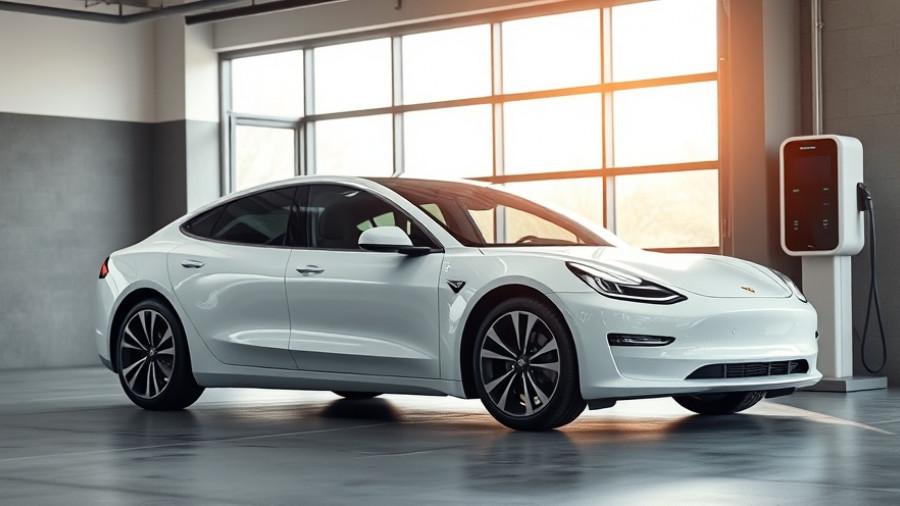
Exploring BMW's Latest Innovation: The Electric Paddleboard
BMW is taking its commitment to electromobility beyond roads, venturing into aquatic realms with the launch of the BMW x SipaBoards—an electric stand-up paddleboard (SUP). This marks a significant leap for the German automobile manufacturer, known for its luxury vehicles, as it combines technology and leisure in an upscale water sport equipment.
A Fusion of Technology and Water Sports
Collaborating with Slovenia's renowned SipaBoards, BMW introduces a self-inflating paddleboard equipped with a robust 300-watt electric motor. This motor not only aids in reaching top speeds of 7.5 km/h (about 4 knots) but also ensures effortless inflation of the board, eliminating the need for manual pumps. For enthusiastic paddlers or those looking to enjoy serene water landscapes, the electric assistance allows for a blend of leisure and convenience, catering to both novice and experienced users.
Enhanced Design and Safety Features
The design of the BMW x SipaBoards draws inspiration from the company's Neue Klasse aesthetic, showcasing sleek lines and an emphasis on modernity. Weighing approximately 14.9 kg, the board is designed to comfortably accommodate up to two people, making it a practical option for families or friends. One of its standout features is the "FREUDE (Joy) Mode," which enhances the user experience with ambient lighting and a user interface smoothly integrated into the paddle. This feature allows paddlers to control motor assists and explore navigational options without distraction.
Furthermore, safety is a top priority. The board includes an automatic shut-off mechanism that activates if the paddle falls into the water, providing peace of mind during use. An app enhances this experience, allowing users to monitor battery levels, navigate routes, and track their journey, seamlessly merging digital connectivity with outdoor adventure.
Practical Insights for Potential Buyers
With a price tag starting at €3,990, the BMW x SipaBoards targets eco-conscious consumers with a penchant for quality and innovation. This board comes with two swappable battery options—90 Wh modules for a duration of 1 to 3.5 hours, and an anticipated 180 Wh setup for prolonged expeditions beginning in spring 2026. This versatility speaks to the growing trend in the market toward modular, customizable outdoor equipment suitable for various user needs.
Impact on Eco-Friendly Water Activities
The rise of paddleboarding as a popular recreational activity aligns with trends favoring sustainable, low-impact sports. By integrating electric mobility, BMW is not only tapping into a growing market but is also appealing to environmentally conscious consumers looking to reduce their carbon footprint. With electric motors, riders can enjoy the water without generating emissions, emphasizing the importance of adopting eco-friendly practices in outdoor sports.
Conclusion
The BMW x SipaBoards signifies more than just a product launch; it embodies a shift toward a more interconnected and sustainable lifestyle on the water. This paddleboard opens doors to new adventures while reflecting BMW's ongoing dedication to innovation and quality. For homeowners and businesses intrigued by the crossover of electric vehicles and water sports, this could be a new avenue to explore eco-friendly leisure activities.
As the landscape of sports and transportation evolves, it's crucial to stay informed about innovative products in the market that align with green initiatives. Consider investing in sustainable transport solutions, whether on water or land, and explore the features that fantastic products like the BMW x SipaBoards offer to enhance your outdoor experiences.
 Add Row
Add Row  Add
Add 



Write A Comment